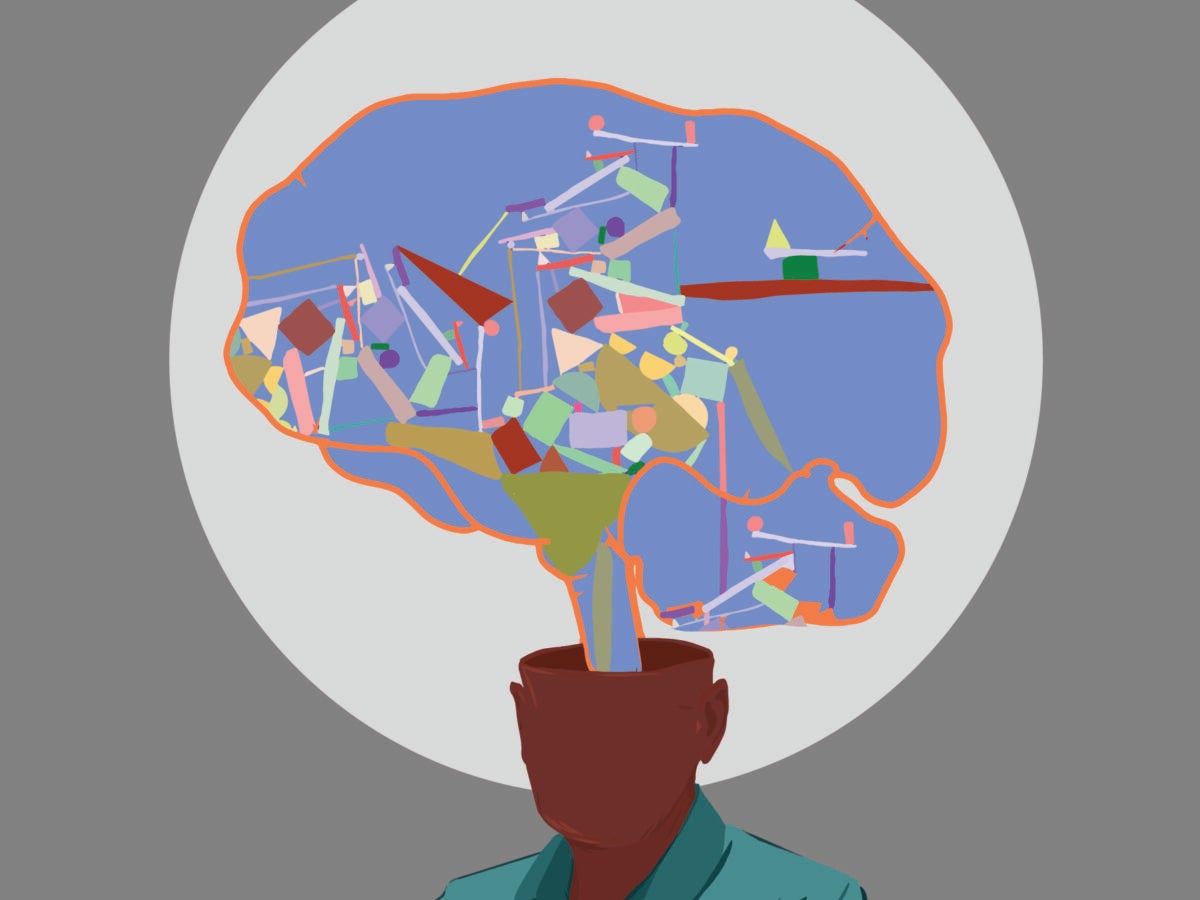
Opinion
We can’t fix health disparities we don’t see
We know that the U.S. is plagued by health disparities that begin in the womb and continue throughout life. The life expectancy of Native Americans and Alaska Natives—67.9 years—is nearly 10 years less than the life expectancy of White Americans. Black infants are more than twice as likely to die as White infants. And we know all of this even though we actually have very little meaningful data about these populations.
Disaggregated data about racial and ethnic groups is often unavailable, not only in health but also in education, labor, and economics. According to my ongoing research, 49 state-level agencies do not publicly report data about their Middle Eastern and North African constituents (Michigan is the exception). Creating health equity requires more information: We cannot fix inequities we do not see.
Sign up for Harvard Public Health
Delivered to your inbox weekly.
Researchers often cite small sample size as an obstacle to collecting data from small minority groups in the United States. In reality, this is less of a problem than a myth—one that begs the question, “small compared to what?”
In fact, researchers have historically been good at doing science using small sample sizes. They’ve worked with community partners to successfully create innovative recruitment strategies (for example, patient registries) and develop health interventions for patients with rare diseases (including cancer and sickle cell disease). The Michigan Sickle Cell Data Collection (MiSCDC) Program, for instance, is a collaboration between the state department of public health and the University of Michigan, created to collect data and submit it to the Centers for Disease Control and Prevention. About 100,000 people in the U.S. live with sickle cell disease. More than 2.3 million people, meanwhile, identify as Vietnamese.
Anne Schneider and Helen Ingram, in their journal article “Social Construction of Target Populations: Implications for Politics and Policy,” argue that groups that have little power but are often viewed negatively—mixed-race communities, for instance—are less likely to receive political favor. And yet other disenfranchised groups that are viewed more positively—people living with breast cancer, for instance—are more likely to have political advantages. The National Institutes of Health spends about $581 million on breast cancer research alone compared to $525 million to operate the entire National Institute on Minority Health and Health Disparities.
Small sample sizes no longer justify avoiding the research necessary to eliminate disparities. Oversampling can be leveraged to yield statistically sound estimates of small groups and enhanced by increasing survey outreach and accessibility for people who use languages other than English, for instance. Advanced statistical techniques such as imputation, Bayesian analysis, and hierarchical modeling allow researchers to make more efficient use of available data, providing more reliable estimates. Researchers can supplement quantitative analyses with qualitative approaches or mixed methods to enrich the understanding of complex phenomena for minority groups.
Furthermore, interdisciplinary collaboration and data-sharing initiatives offer promising avenues for overcoming constraints of small sample sizes, such as conducting meta-analyses, replication studies, and cross-validation exercises that augment the robustness and generalizability of findings.
In March, the Biden administration took an important step toward addressing these problems by improving standards for maintaining, collecting, and presenting federal data on race and ethnicity—the first update in 27 years. But it’s not enough.
Federal agencies need to be held accountable for implementing these standards—for example, by establishing an inventory of data disaggregation, which can be understood as a collection of data about minority groups in the population. Such an inventory would document the extent of agencies’ data collection efforts. We also need more federal agency research about populations within minority groups. Asian Americans, for instance, are not monolithic. People with Chinese origins have different health risks than people from Pakistan.
In short, we need to leave behind excuses for not doing more health research on minority groups. Better data can help us give all communities equal chances at good health.
Source image: Hilch / iStock


